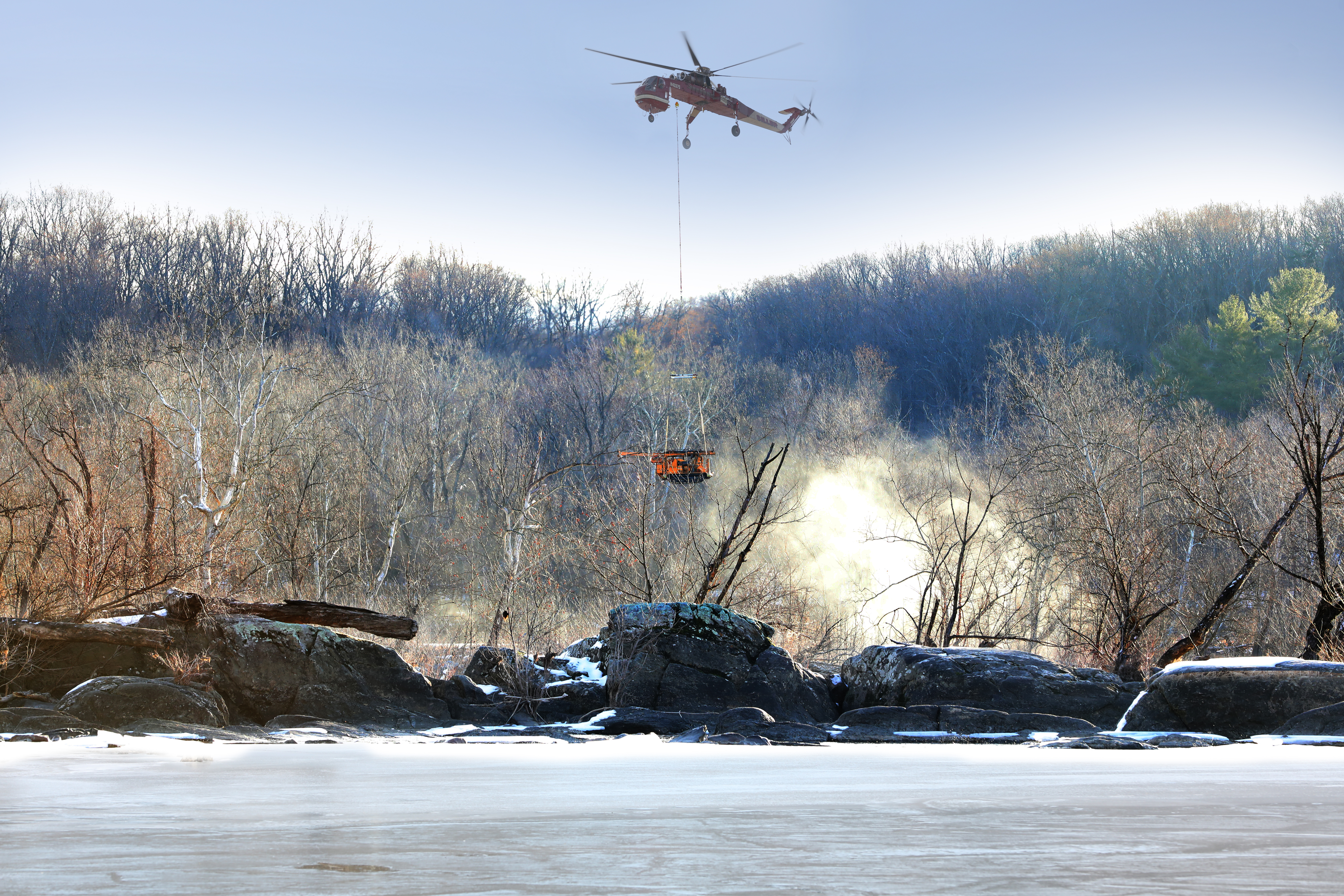What are Haloacetic acids?
Haloacetic acids (HAAs) are organic compounds containing chlorine and/or bromine. HAAs are most commonly formed when drinking water is disinfected with chlorine (chlorinated) to kill bacteria and viruses. The chemical reaction of chlorine with natural plant material found in water produces HAAs. Levels of HAAs in water can vary from day to day depending on such things as the amount of acid in the water, the season, water temperature, concentration of chlorine, and the amount of plant material in the water.
How can HAAs affect my health?
The low levels of HAAs found in D.C.'s drinking water are highly unlikely to cause any human health problems. There is some evidence from animal studies that exposure to high levels of HAAs in drinking water over many years may increase a person’s risk of illness. In early studies, exposure to HAAs in drinking water showed a possible association with human reproductive and developmental problems. However, recent studies have not found this association.
How might I be exposed to HAAs?
The major route of exposure is through ingestion of chlorinated drinking water. Skin contact with chlorinated water is not a major route of exposure because HAAs are not easily absorbed through the skin. Special blood and urine tests can show if a person has been exposed to high levels of HAAs or HAAs metabolites (breakdown products).
Is there any drinking water standard to protect people from exposureto HAAs?
To protect human health, the U.S. Environmental Protection Agency (EPA) has established a maximum contaminant level for HAAs. Water with concentrations below 60 ppb is considered safe to drink. Byproducts, including HAAs, if consumed in excess of EPA's standard over many years, may increase health risks.
What happens if HAAs levels are above the standard?
DC Water tests drinking water for HAAs on a regular basis. If a certain number of samples exceed the acceptable maximum HAAs level, DC Water will work with the Washington Aqueduct to take corrective actions to reduce the levels of HAAs, and will notify our customers. Protecting public health is our top concern.



